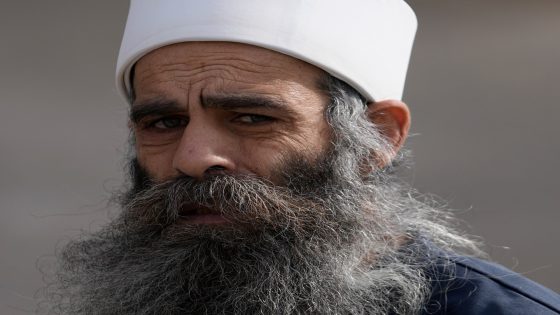High in the mountains of the Israeli-occupied Golan Heights, Majdal Shams is home to members of one of the Middle East’s most insular religious communities: the Druze.
With its roots in 10th century Ismailism, a branch of Shia Islam, the roughly one million-strong minority is spread across Syria, Lebanon, Israel and the Golan Heights.
Although Israeli citizenship is open for the Druze of the Golan Heights, most have opted not to take it as they navigate their Syrian Druze identity under Israeli occupation. Many families in Majdal Shams have relatives in Syria, kept apart by the Alpha Line, which separates the occupied Golan from Syria, and a buffer zone.
About 25,000 live in the Golan Heights, a rocky Syrian plateau, parts of which Israel occupied in the 1967 war and almost immediately started to build settlements on. These settlements are illegal under international law.
There are now about 25,000 Israeli settlers there, and the Israeli government recently announced plans to invest millions in doubling that number.
When Syrian President Bashar al-Assad was toppled a week and a half ago, people took to the streets in Majdal Shams to celebrate.
However, his ouster was taken as an opportunity by Israel, which has been heavily bombing Syria – claiming self-defence – and has launched incursions beyond the Alpha Line and into the United Nations-monitored buffer zone.
Evidence of the 1967 war remains in Majdal Shams with trenches and abandoned tanks. A security fence topped by coils of barbed wire now runs along the outskirts of town and across a field from the nearby Alpha Line.





